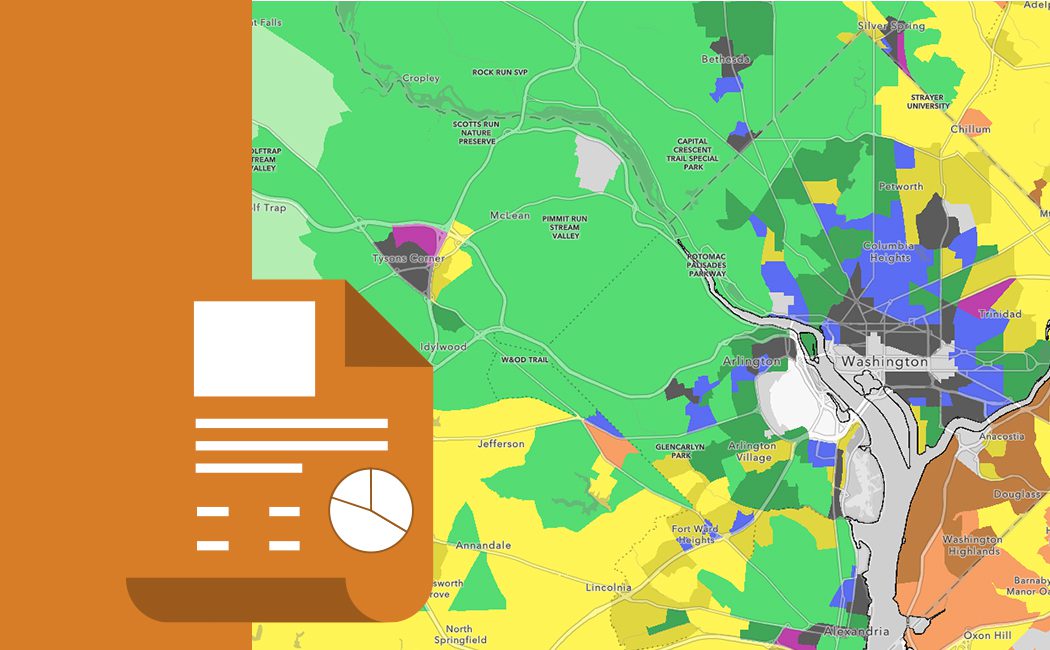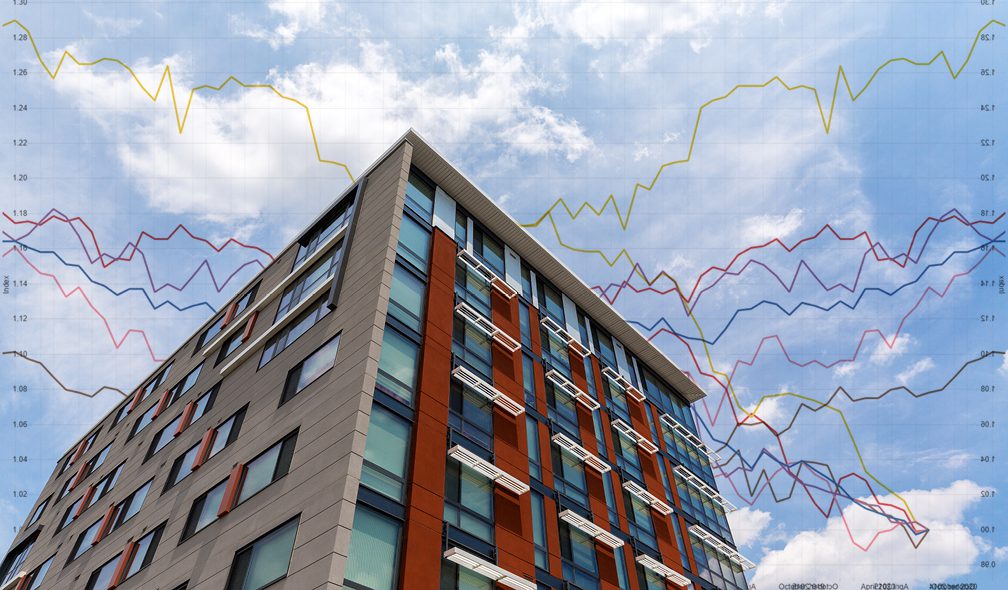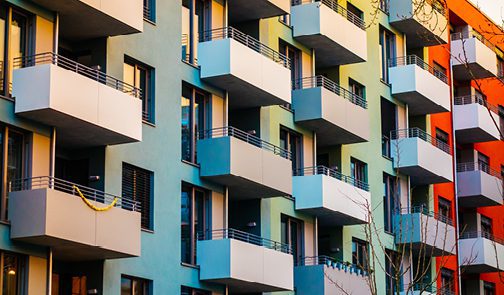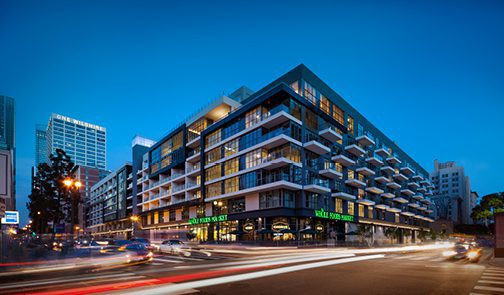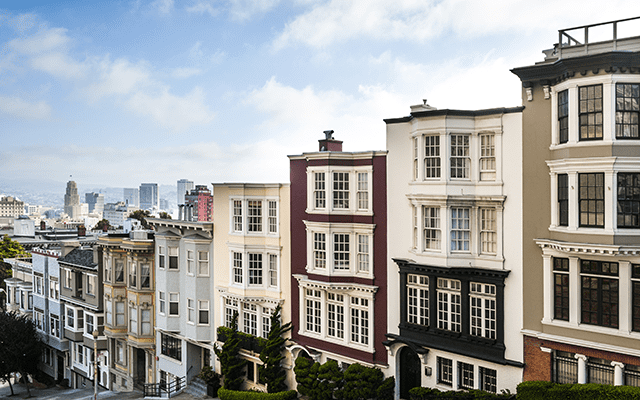The New Geography of Urban America: An Interactive Mapping Tool for Classifying Urban Neighborhoods

A year and a half ago, RCLCO unveiled an exciting new framework for thinking about suburban places. Created in conjunction with the ULI Terwilliger Center for Housing, this new framework examined the housing markets of the 50 largest metropolitan areas to classify each of their suburbs into one of five categories. Since its creation in December 2016, the resulting Neighborhood Atlas has attracted over 10,000 page views, as real estate practitioners, academic figures, policy analysts, and others have used it to examine the suburbs in which they live, work, and play.
Today, RCLCO is happy to announce an exciting new update to this tool. Based on recent work with the ULI Terwilliger Center for Housing, RCLCO has expanded its original methodology to offer a new framework made up of six categories of urban places: Economic Centers, Emerging Economic Centers, Mixed-Use Districts, High-End Neighborhoods, Stable Neighborhoods, and Challenged Neighborhoods. To see how your neighborhood stacks up, click here to visit the updated Neighborhood Atlas.
The detailed analytical findings from this new methodology are highlighted in the recent report, The New Geography of Urban Neighborhoods.
Objective of Study
The dialectic of “urban” and “suburban”—once a useful framework for describing historical cities and the lower-density communities that surround them—no longer describes the places in which Americans live, work, learn, and play. Today, the spatial organization is too varied, and the place types are too nuanced, to lend themselves to the binary definitions we have traditionally used.
In 2016, this idea led the ULI Terwilliger Center for Housing to engage RCLCO to develop a new analytical framework for classifying different types of housing markets. Originally focused on the suburbs, this framework examined the development character and economic makeup of communities to differentiate among neighborhoods. The resulting report, Housing in the Evolving American Suburb, outlined five separate suburban paradigms, each of which offers unique opportunities and challenges for real estate.
A year later, the ULI Terwilliger Center for Housing partnered with RCLCO for a second time, with the goal of expanding the original methodology to offer the same level of detail for urban places. Similar to suburban places, urban neighborhoods are remarkably diverse. Although there are many types of places that people consider “urban,” these places are, in fact, attracting very different types of people, jobs, and development.
The New Geography of Urban Neighborhoods
RCLCO examines these unique characteristics and trends in its newest report, The New Geography of Urban Neighborhoods. Originally introduced in April at the 2018 ULI Charles H. Shaw Forum, this report outlines six distinct types of urban neighborhoods, which are intended to provide a helpful framework for describing and discussing the variety of urban places that exist today.
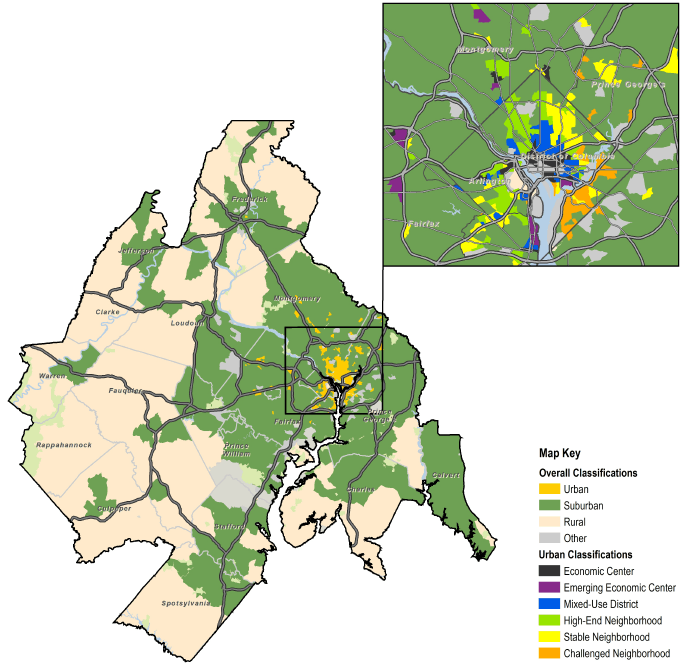
Neighborhoods by Type; Washington-Arlington-Alexandria, DC-VA-MD-WV MSA
The first three categories contain high-density and mixed-use locations that tend to offer traditional “downtown” environments:
Economic Center
These locations offer significant concentrations of employment and are often the historical urban cores of the cities in which they are located. While office buildings currently outnumber residential buildings in most Economic Centers, new development is bringing a mix of uses to many of these formerly nine-to-five neighborhoods. Examples include the central business districts of most major cities, as well as established office cores outside of these historical downtowns, like Bethesda, Maryland, and Jersey City, New Jersey.
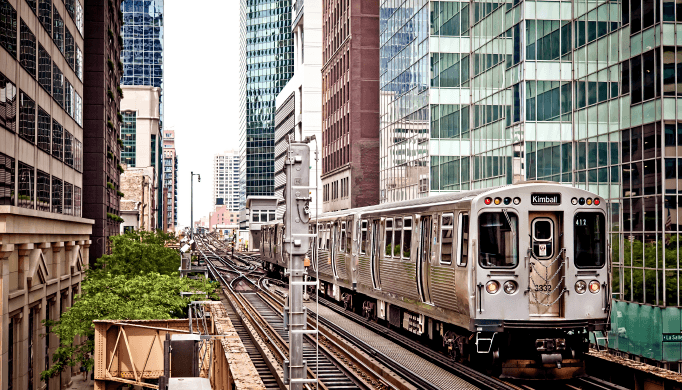
The Loop (Chicago, IL)
Emerging Economic Center
Once characterized by single-family residential or low-density commercial land uses, these locations are rapidly emerging as new urban cores. These places are generally well-located but underutilized, and they tend to offer more opportunities for ground-up (re)development than other, more established urban locations. These areas include former industrial neighborhoods, such as South Lake Union in Seattle, Washington, as well as urbanizing suburbs like Sandy Springs, Georgia, and King of Prussia, Pennsylvania.
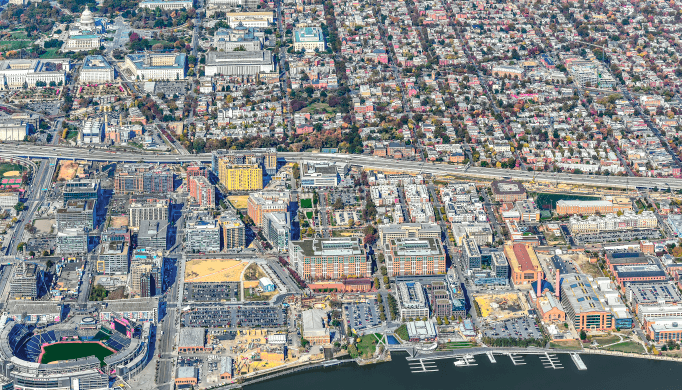
The Capitol Riverfront (Washington, D.C.) [1]
Mixed-Use District
Similar to neighborhoods like Back Bay in Boston, Massachusetts, or Over-The-Rhine in Cincinnati, Ohio, these areas offer vibrant mixed-use environments, typically with high-density housing and upscale retail. In many metropolitan areas, these neighborhoods are situated near major employment cores but tend to be more residentially focused. While these places once attracted a large share of new development, construction has moderated in recent years as land availability has declined.
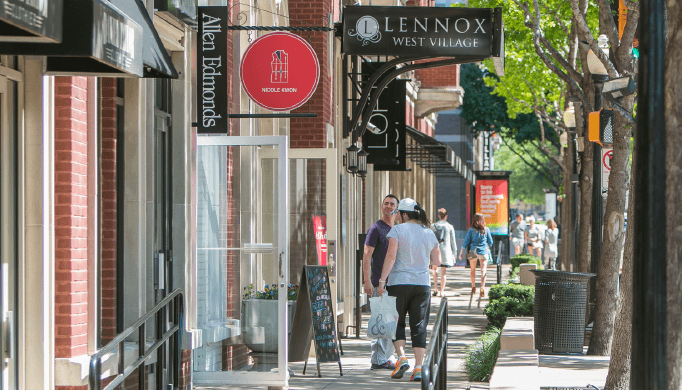
Uptown (Dallas, TX) [2]
The final three categories include predominantly residential neighborhoods, often located near the historical urban core or along major transportation corridors:
High-End Neighborhood
These areas are generally comprised of in-town residential locations with high home values and apartment rents, as well as convenient access to shops and restaurants. Often characterized by the prevalence of single-family housing, these neighborhoods are typically lower density and more historic than other urban places, but more walkable and mixed-use than their upscale suburban counterparts. In many regions, these locations include original streetcar suburbs, such as Virginia-Highland in Atlanta, Georgia, or Hyde Park in Austin, Texas.
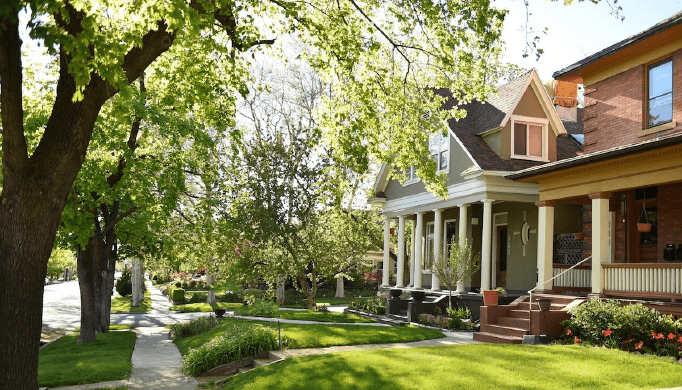
The Avenues (Salt Lake City, UT) [3]
Stable Neighborhood
Similar to places like East Nashville in Nashville, Tennessee, or Little Havana in Miami, Florida, these historically working-class neighborhoods feature diverse housing types that are attainable to a broad range of households. These neighborhoods tend to be attractive to households looking for a price alternative to more expensive or established urban locations, given their older and often more affordable housing inventories. In many regions, these areas are therefore beginning to confront issues of gentrification.
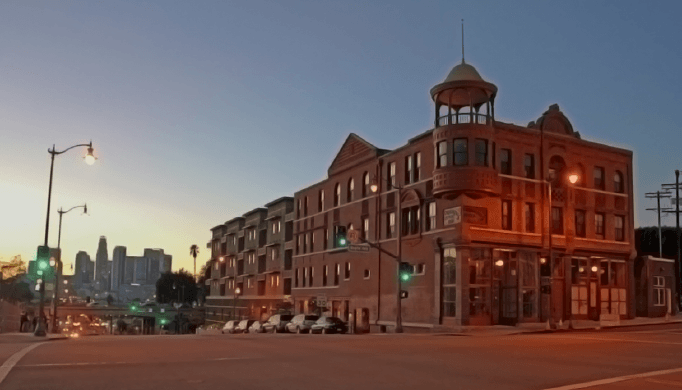
Boyle Heights (Los Angeles, CA) [4]
Challenged Neighborhood
These locations have significantly lower home values and apartment rents than other urban neighborhoods, along with aging infrastructure and minimal new development. As a result, these areas tend to be less attractive to households that can afford to live elsewhere, resulting in very high vacancy and unemployment rates. Examples of these areas include many of the blighted residential neighborhoods that border the historical central business districts of former industrial or manufacturing cities, such as Detroit, Michigan, or Hartford, Connecticut.
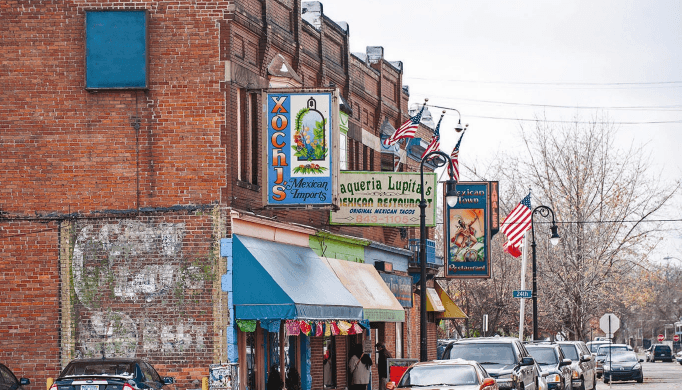
Southwest (Detroit, MI) [5]
For reference, RCLCO has also created a Neighborhood Atlas, which displays the classification of each community in more than 60 of the largest metropolitan areas. Importantly, the classifications are a snapshot of these communities today. In reality, neighborhoods are constantly evolving, and the classifications are not intended to permanently define any individual place. Rather, the report aims to provide an analytical, non-binary framework on which to base future discussion about urban and suburban places—a topic that is becoming increasingly significant as our regions continue to mature.
Key Findings
1. Population Growth Rates in Urban Places are Approaching Suburban Growth Rates for the First Time in Decades
Between 2000 and 2015, the population of urban places increased by only 1%, well below the 13% population growth seen in suburban places. However, urban and suburban places grew at roughly the same rate between 2010 and 2015. During this time, denser urban locations grew significantly faster than more residential neighborhoods, suggesting that new urban residents are demonstrating a preference for mixed-use environments.
2. Today, More Than 29 Million Americans Live in Urban Neighborhoods
This figure represents 17% of the total population on just 1% of the land area in the 50 largest metropolitan statistical areas (“MSAs”). Three-quarters of these urbanities live in somewhat dense but predominantly residential neighborhoods, contrary to popular perception and most media attention focused on true mixed-use places.
3. Urban Places Are Now Capturing More Than Their Fair Share of New Job Growth
In the 50 largest MSAs, urban places accounted for 30% of existing jobs and 36% of new job growth between 2005 and 2015. Contrary to popular belief, the suburbs are experiencing job growth too, at rates that are nearly equal to the job growth seen in urban places. But downtowns are booming, and the job base in established urban employment cores—referred to as Economic Centers—increased at a faster rate than the number of jobs in any other type of neighborhood (urban or suburban) during this time period.
4. Upscale Urban Places Are Among the Most Racially and Ethnically Diverse Types of Neighborhoods
Although the majority of minorities live in the suburbs and many economically challenged urban neighborhoods are predominantly nonwhite, upscale urban places are often more diverse than similarly high-end suburbs. In fact, there is close to a 50/50 split between the white and non-white populations in Economic Centers and Mixed-Use Districts, the two urban neighborhoods where average rents are highest.
5. Almost a Third of Urban Households Are Headed by Millennials
While the majority of these younger households live in suburbs, more than 29% of households in urban locations are under the age of 35, relative to only 18% in the suburbs. Within urban places, young households are disproportionately more likely to gravitate toward dense neighborhoods with a mix of uses.
6. Rental Apartment Development is Now Concentrated in Urban Locations
Between 2010 and 2017, the rental apartment inventory in urban places grew twice as fast as the inventory in the suburbs, by 32% compared with 16%. During this time, Emerging Economic Centers accounted for one-fifth of new apartment units, despite representing only 6% of the overall apartment inventory in 2010. On the other hand, more residential urban places accounted for less than their fair share of new units; during this same time period, Stable and Challenged Neighborhoods accounted for only 8% of new units, despite representing 43% of the inventory in 2010.
7. Urban Locations Tend to Face Greater Affordability Issues Than the Suburbs
Urban places have an average household income of $66,000, relative to $89,000 for the suburbs. However, the average monthly rent of a multifamily apartment in urban places is $1,650, well above the $1,275 seen in the suburbs; likewise, the average home value is more than $50,000 higher in urban places. These differences highlight the issues of affordability that are prevalent in many urban places. In particular, residents who live in dense, mixed-use neighborhoods—such as Economic Centers and Mixed-Use Districts—tend to pay higher shares of their incomes for housing.
8. Roughly Half of Urbanites Take Transit, Walk, Bike, or Carpool to Work
Just over 50% of workers living in urban locations drive alone to work, compared with 78% of workers living in the suburbs. In particular, people who live in Economic Centers and Mixed-Use Districts are more likely to use alternative transportation methods, as only 32% and 35% of the workers who live in those respective places drive to work alone every day.
Applications of the Methodology
This methodology, we hope, provides an alternative to the winner-versus-loser framework too often brought to discussions about urbanized places. Much of this dialogue pits cities against suburbs without acknowledging the variety of places that actually exists within each of those broad categories. Even within cities, we frequently bring an unhealthy place hierarchy to our thinking about urban neighborhoods.
Just as the character of housing development varies from one suburb to the next, there are many different types of urban places, ranging from established central business districts to densifying residential neighborhoods. Recognizing this diversity is key to facilitating productive conversations about the economic, demographic, and societal trends that are occurring in each type of neighborhood, as well as the implications that these trends are having on real estate.
As development and neighborhood change continue to occur in new locations, the places that surround us will continue to evolve. Nevertheless, it is unlikely that this evolution will ever lead to a clear winner in the ongoing debate about cities and suburbs. Rather, it is likely that healthy metropolitan areas will continue to feature a wide range of urban and suburban neighborhoods, and this methodology is intended to provide an analytical, non-binary framework on which to base future discussion about these places.
References
[1] Image courtesy of Capitol Riverfront BID
[2] Image courtesy of Uptown Dallas
[3] Image courtesy of Plumb and Company
[4] Image courtesy of Zocalo Public Square
[5] Image courtesy of Bloomberg
Article and research prepared by Adam Ducker, Managing Director, and Jacob Ross, Senior Associate.
RCLCO’s mission is to help clients make strategic, effective, and enduring decisions about real estate. We proudly celebrate more than 50 years of providing the best minds in real estate with cutting-edge analytics, actionable advice, and the highest level of customer service. Our work includes market, economic, financial, and impact analyses; investment portfolio strategy and implementation; entity-level strategic planning; and management consulting.
Disclaimer: Reasonable efforts have been made to ensure that the data contained in this Advisory reflect accurate and timely information, and the data is believed to be reliable and comprehensive. The Advisory is based on estimates, assumptions, and other information developed by RCLCO from its independent research effort and general knowledge of the industry. This Advisory contains opinions that represent our view of reasonable expectations at this particular time, but our opinions are not offered as predictions or assurances that particular events will occur.
Related Articles
Speak to One of Our Real Estate Advisors Today
We take a strategic, data-driven approach to solving your real estate problems.
Contact Us
